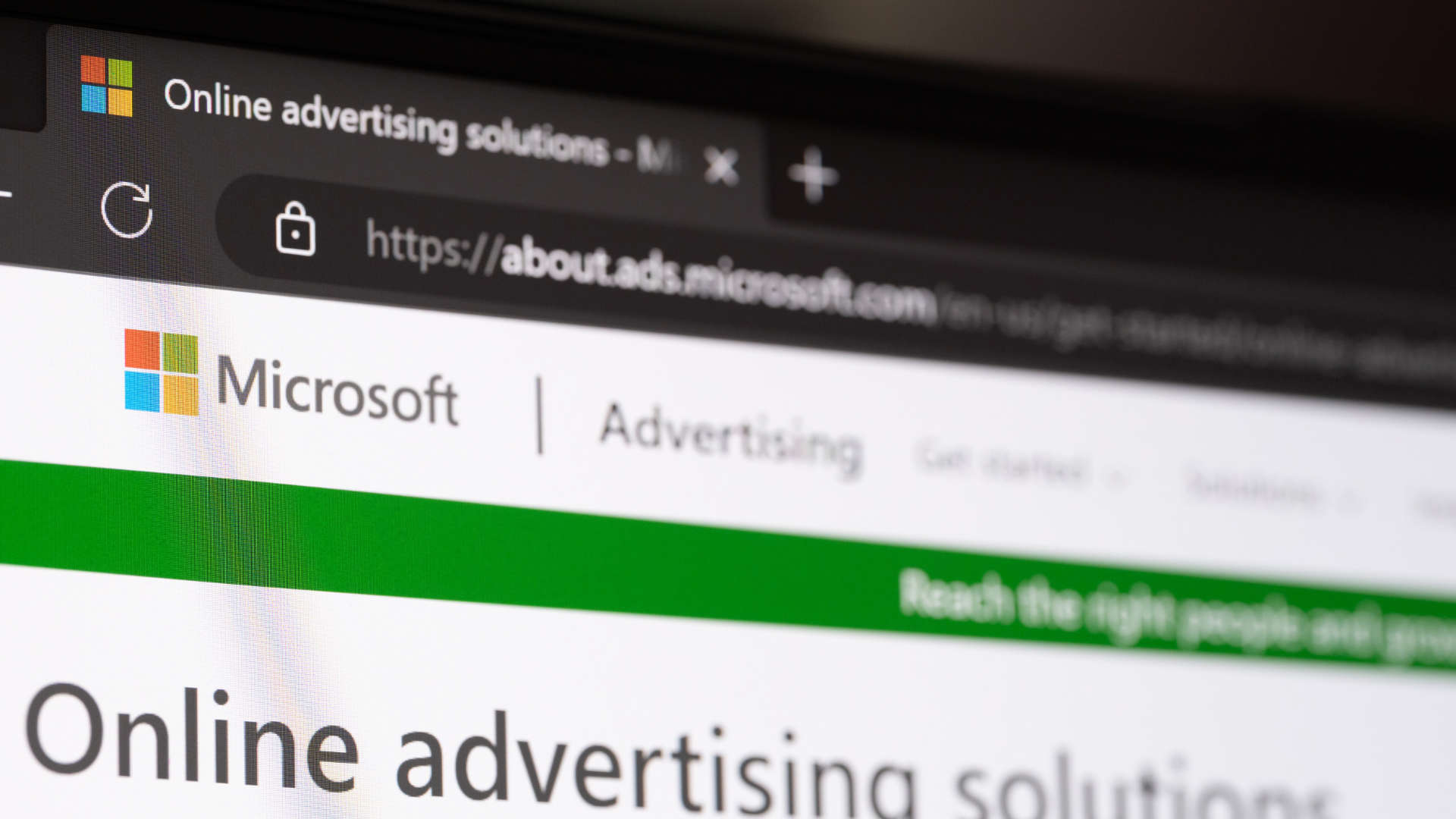As a small business owner in Halifax, Nova Scotia, understanding how digital advertising works can significantly impact your marketing budget and overall business success. One key metric to get familiar with is CPC, or cost per click. Unlike CPM (Cost per 1,000 impressions), it means the ads only incur costs when the ad is clicked, making it a popular choice for those looking to drive direct engagement and measurable actions.
What is CPC?
CPC stands for cost per click, which is the amount an advertiser pays each time someone clicks on their digital ad. This model is commonly used in search ads, social media ads, and some types of display ads. The primary benefit of cost per click billing is that it directly ties the cost to user engagement, ensuring that you only pay when someone shows interest in your ad by clicking on it.
Different billing models in paid digital
- CPC (cost per click):
- Search Ads: Platforms like Google Ads and Bing Ads predominantly use the CPC model. These ads appear at the top of search engine results pages (SERPs) when users search for specific keywords. For example, a Halifax-based landscaping company might bid on keywords like “Halifax lawn care” and pay only when someone clicks on their ad to learn more or book a service.
- Social Media Ads: Platforms like Facebook, Instagram, and LinkedIn offer CPC billing options. These ads can appear in users’ feeds, stories, or sidebars, and you pay only when a user clicks on the ad. A Halifax café advertising a new brunch menu might use CPC ads to attract local foodies to their website or reservation page.
- CPM (cost per 1,000 impressions):
- Display Ads: Many display ads use CPM billing, where advertisers pay for every 1,000 times their ad is shown, regardless of whether it is clicked. This model is effective for brand awareness campaigns. For instance, a local retail store in Halifax might run display ads on regional news websites to increase visibility, knowing that the goal is to make people aware of their brand rather than immediate clicks.
- Video Ads: Platforms like YouTube may also use CPM for in-stream video ads, where advertisers pay based on the number of times their ad is shown to viewers. This can be beneficial for brand-building campaigns.
- CPV (cost per view):
- Video Ads: Another model used primarily for video advertising, CPV charges advertisers when a user watches a video ad for a specified duration (e.g., 30 seconds) or engages with it through actions like clicks. This is common on platforms like YouTube. A tourism service in Halifax might use CPV billing to ensure that their promotional video is actually viewed by potential tourists.
- CPA (Cost Per Acquisition):
- Performance-Based Ads: In this model, advertisers pay when a specific action is completed, such as a sale, sign-up, or download. This is used in affiliate marketing and some social media ad campaigns. For example, a Halifax-based e-commerce store might pay for ads on a CPA basis to ensure they only incur costs when a purchase is made.
Why CPC is important for small business advertisers
CPC is particularly important for small business advertisers because it offers a direct link between ad spend and user action. This makes it easier to measure the effectiveness of your ads and manage your budget effectively. For a small business in Halifax, this means that every dollar spent on advertising can be tied to a tangible result, such as website visits, leads, or sales.
By focusing on CPC, you can optimize your campaigns to improve click-through rates (CTR) and reduce your average cost per click. This involves targeting the right audience, creating compelling ad copy, and continuously testing and refining your ads.
Local context: Maximizing CPC in the Maritimes
In a local context, small business owners can leverage CPC advertising to target specific demographics and regions. For example, FitnessFX might use geo-targeted cost per click ads on Google or Facebook to reach potential clients within a certain radius of their location on Lacewood Drive, ensuring that their ad budget is spent reaching people most likely to convert.
Effective ad planning and monitoring
Planning and monitoring your ad campaigns with a focus on the cost per click can lead to more effective and efficient use of your advertising budget. By regularly reviewing your campaign performance, adjusting bids, and refining your targeting, you can ensure that your ads are driving valuable traffic to your business.
Understanding your cost per click and how different ads are billed is a big piece of knowledge essential for small business owners aiming to maximize their advertising impact. By choosing the right billing model and optimizing your campaigns, you can drive better engagement, improve your ad spend efficiency, and achieve your business goals in Halifax’s increasingly competitive market.
